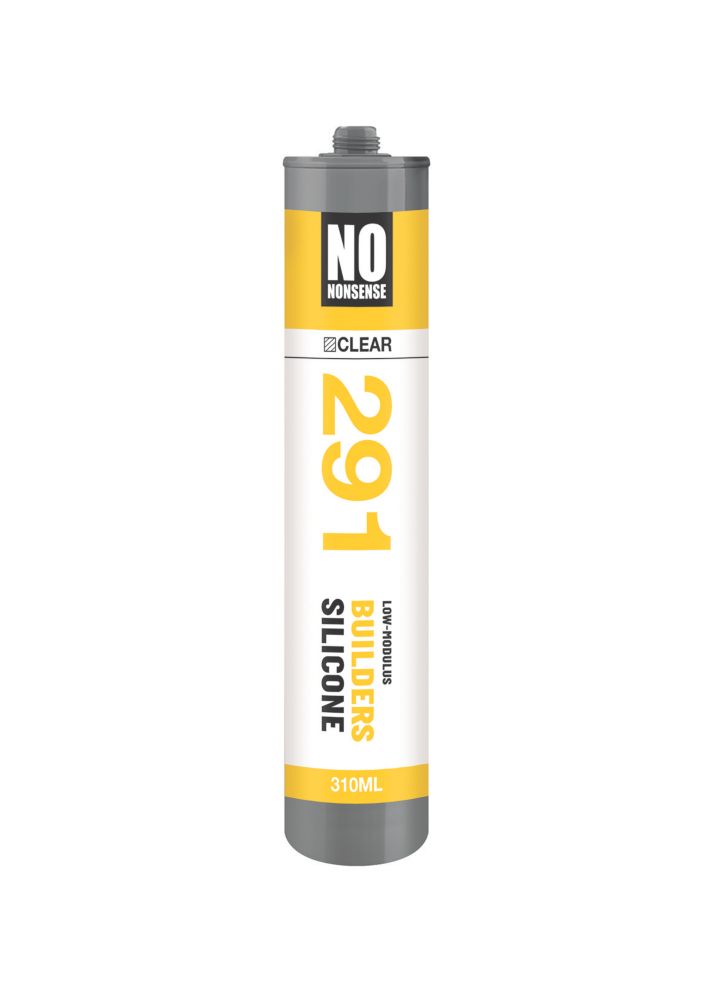We bought the house 3 months ago.I only noticed the crack today. Had a home buyers report from a surveyor, nothing mentioned in regards to any issues with the conservatory.
Not sure who I should approach on this? Contact the surveyor? Home insurance? Next door neighbour has a conifer tree about 4 foot away from our conservatory - could this cause issues? If so would the neighbour be liable to cover the work required?
Any pointers appreciated. I'm a first time buyer and never been in this position before.
Not sure who I should approach on this? Contact the surveyor? Home insurance? Next door neighbour has a conifer tree about 4 foot away from our conservatory - could this cause issues? If so would the neighbour be liable to cover the work required?
Any pointers appreciated. I'm a first time buyer and never been in this position before.
Attachments
-
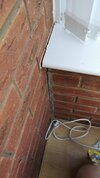 IMG-20220828-WA0001.jpeg222.9 KB · Views: 431
IMG-20220828-WA0001.jpeg222.9 KB · Views: 431 -
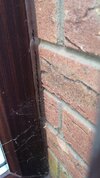 IMG-20220828-WA0003.jpeg273.1 KB · Views: 330
IMG-20220828-WA0003.jpeg273.1 KB · Views: 330 -
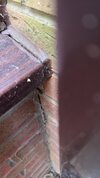 IMG-20220828-WA0005.jpeg197.6 KB · Views: 276
IMG-20220828-WA0005.jpeg197.6 KB · Views: 276 -
 IMG-20220828-WA0007.jpeg243.9 KB · Views: 291
IMG-20220828-WA0007.jpeg243.9 KB · Views: 291 -
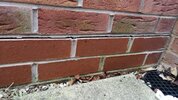 IMG-20220828-WA0009.jpeg458.1 KB · Views: 296
IMG-20220828-WA0009.jpeg458.1 KB · Views: 296 -
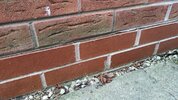 IMG-20220828-WA0011.jpeg516.8 KB · Views: 288
IMG-20220828-WA0011.jpeg516.8 KB · Views: 288 -
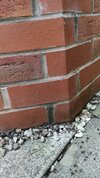 IMG-20220828-WA0013.jpeg417.7 KB · Views: 313
IMG-20220828-WA0013.jpeg417.7 KB · Views: 313


